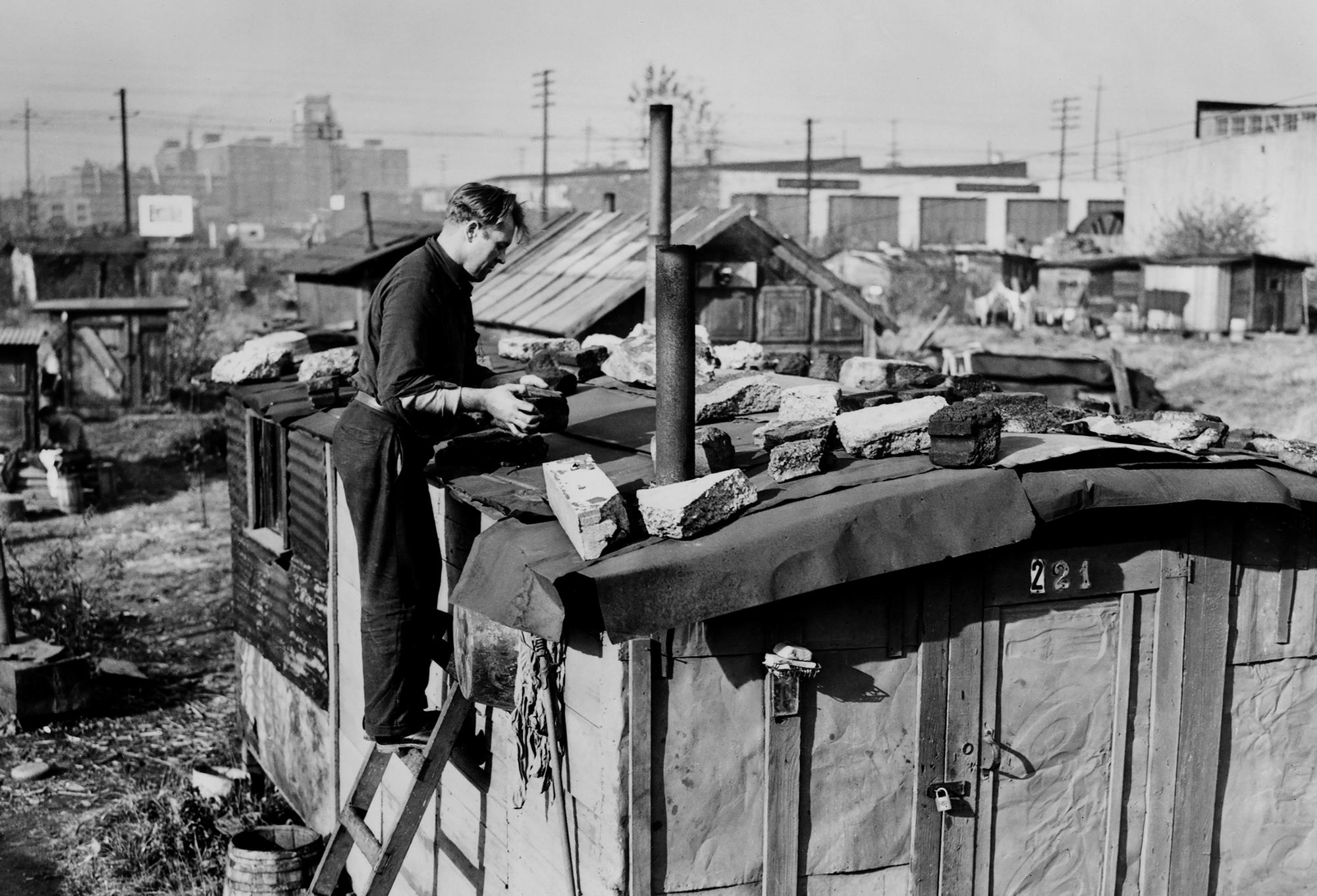

Josephine Ensign was 25 when she fell through the safety net. With a master’s degree in nursing, she had been working as a nurse practitioner and managing a church-sponsored health clinic in her hometown of Richmond, Virginia. But she ran afoul of the church leaders when it came to women’s health and serving people with HIV. She also struggled with stress, burnout, depression and an unhappy home life. All at once, she found herself out of a job, out of a family and without a home.
For about six months, she slept on couches, in her car or in a shed. The experience of not having a safe place to stay helped her see how complex, multiple factors can play a role in homelessness.
Now with a doctorate in international public health from Johns Hopkins University and three decades of nursing, teaching and advocacy work in Washington, Ensign has turned her focus to Seattle’s long history with homelessness in her book “Skid Road: On the Frontier of Health and Homelessness in Seattle.”
Ensign moved to Washington in the 1990s, drawn by Harborview Medical Center and its dedication to health care for the homeless. “I was attracted to move here as a single mom and wanting to be in a place that was more progressive,” she says. But for 20 years, she watched the city grow and the situation worsen for unhoused people. “I kept asking myself, how can this really amazing city full of progressive, smart, innovative people have such a large and growing problem with homelessness,” she says.
“People often explain homelessness as personal individual failings or bad luck. But what she does in this book is really showing how this is a long, structural history.”
Coll Thrush, ’02, Northwest historian and professor
In her book, Ensign takes readers back to the first record of a homeless man, whom the settlers found nearly frozen in his waterside tent. Burdened with physical and mental issues, he was handed around by the pioneers, at one point kept in shackles, and then ultimately sent home to his family in Massachusetts. Ensign also explores the English Poor Laws, a fraught system of poverty relief on which the early practices in Washington were based.
The term “skid road,” now synonymous with poverty and homelessness, likely originated in Seattle, referring to Yesler Way, where lumber was skidded downhill to Henry Yesler’s mill on the waterfront. In the early years of the community, people went there when they needed work or hit hard times.
In her book, Ensign celebrates what she loves about Seattle: its can-do attitude and willingness to innovate. She also details the troubling effects of welfare reform and the deinstitutionalization of people with mental illness in the 1980s.
Today, Seattle is the third-worst city in the country for homelessness—after New York and Los Angeles. We have innovative, evidence-based programs, but we haven’t been able to scale them up quickly, Ensign says. As the community struggles for solutions, she sees complicating factors, such as sheltering people in group settings, which have “never been healthy for anybody,” and the fentanyl and opioid epidemic. A key problem is the lack of affordable housing, she says. Vehicle residency is a newer challenge. According to the city of Seattle, more than 40 percent of unsheltered homeless people live in their cars.
Ensign’s “Skid Road” offers an important view of the region’s long history with homelessness, says Coll Thrush, ’02, a historian of the Northwest and professor at the University of British Columbia. “People often explain homelessness as personal individual failings or bad luck,” he says. “But what she does in this book is really showing how this is a long, structural history.”
The first edition of Ensign’s book was published by Johns Hopkins University, but the University of Washington Press was quick to pick it up in paperback and release it this spring. “We are always on the lookout for books that tell new histories of the Northwest, with a particular focus on amplifying the stories of those with perspectives that have been otherwise marginalized,” says Nicole Mitchell, director of the UW Press. “We’re especially excited when UW faculty conduct this kind of groundbreaking research, so we jumped at the chance … to make it available more broadly to readers in the region and beyond.”
Pictured at top: During the Great Depression, more than 600 homeless people lived in Seattle’s largest Hooverville. They used materials they found along the waterfront to build shacks like the one in this 1939 photograph. (Photo courtesy of MOHAI, the Seattle Post-Intelligencer Collection.)